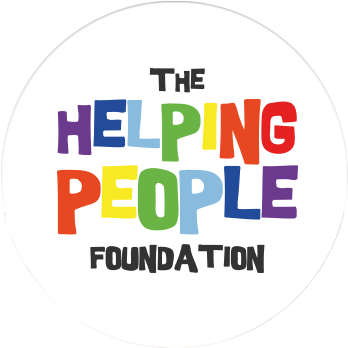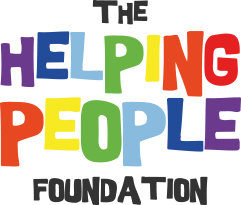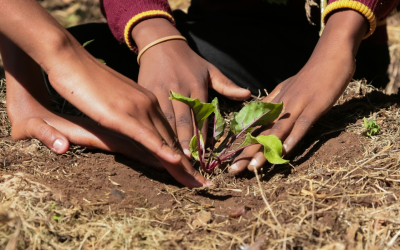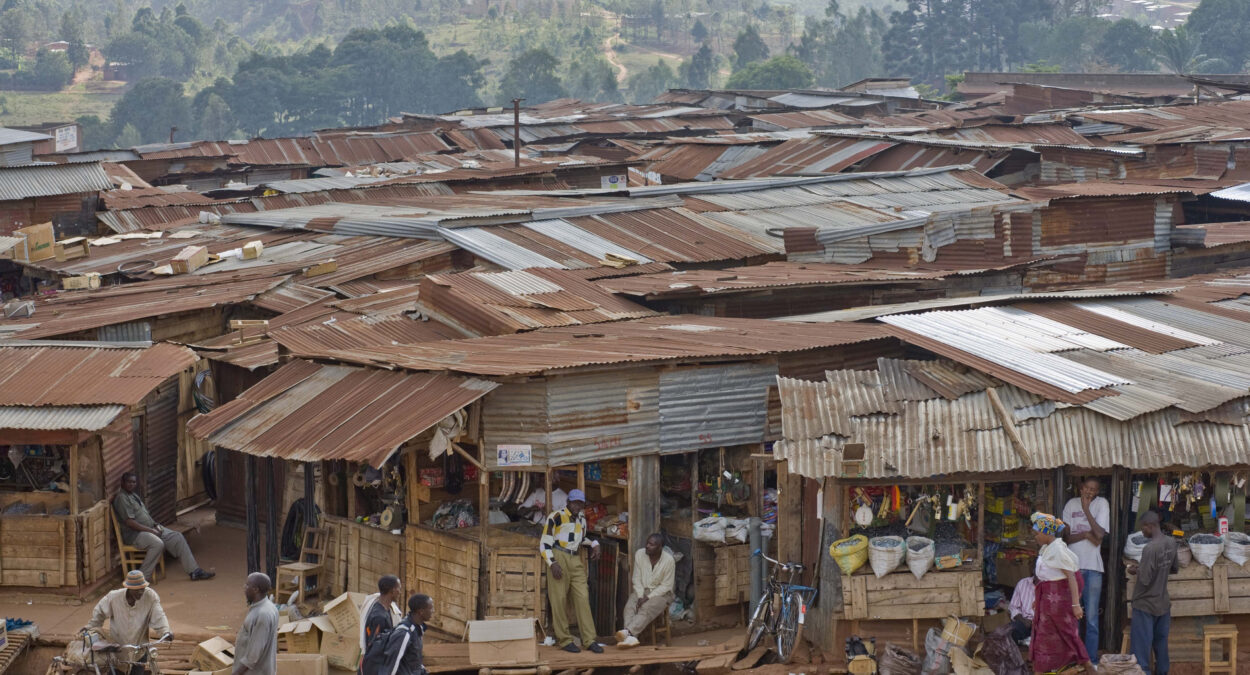CURRENT LIVING CONDITIONS IN BURUNDI
SCHOOL
State schools are free of charge in Burundi, but families have to pay for uniforms and school materials themselves. This is hardly possible due to the low income. In addition, there are often long journeys to school, which are particularly difficult to manage on an empty stomach. Therefore, many children avoid going to school and stay at home. A large proportion of the girls and boys have to do child labour at the same time, for example helping out in the fields. This is at the expense of school education.
In addition, classes in the schools are very full because there are not enough teachers. The population also depends on foreign aid from NGOs in the education system.
Due to its colonial history, French was the language of administration for a long time and had displaced Swahili as the official language. Meanwhile, English and Swahili are taught from the first year of school.
MEDICINE
Medical care in the country is poor because the health sector lacks finances. In 2019, the population suffered from a malaria epidemic with around 5.7 million sick people. The World Health Organisation has been expelled from the country and can no longer support the population.
Especially in rural areas, there is almost no medical care. This results in high child and maternal mortality. In addition, many people in Burundi still die from avoidable diseases such as diarrhoea, malaria or dengue fever.
Burundi also has the highest birth rate in the world, with 5.5 children per woman. Education about sexuality or contraception is almost non-existent. According to Médecins Sans Frontières, life expectancy is 63.4 years for women and 59.8 years for men.
Water
nutrition

Geography
Burundi is located in eastern Africa and borders the countries of Rwanda, Tanzania and the Democratic Republic of the Congo. The country border with the Congo runs through Lake Tanganyika. Since 2019, Gitega has been the capital of the country.
The Nile rises in the mountains of Burundi, between Rwanda and Tanzania, and flows from there towards North Africa.
The western border of Burundi on the shores of Lake Tanganyika was hit by several natural disasters in 2020, including flooding, landslides and strong winds (Source: bpb).
The country experiences two rainy seasons a year, making the climate tropical to humid. Due to the higher altitudes, temperatures are somewhat moderated and range between 25°C and 30°C during the day.
WHAT THREATENS THE PEOPLE OF THE COUNTRY?
Besides the unstable political situation, people are threatened by natural disasters. Due to floods and poor harvests, a large part of the population does not have enough food, so many flee to other parts of the country or to neighbouring countries. At the same time, many Congolese refugees are living in Burundi, so competition for supplies is increasing.
The dictatorial regime does not allow support from foreign NGOs, so malnutrition, poor education and corruption in the country can hardly be tackled. The Burundian population is completely on its own for survival.

History
The Kingdom of Burundi emerged in the 15th century as a well-organised monarchy that united a group of inhabitants speaking the Kirundu language.
As part of the division of Africa by the colonial occupations, Burundi was assigned to the German colonial power and henceforth was part of German East Africa. During the First World War, Belgium conquered the country and assigned it to the mandate territory of Rwanda-Urundi. The first domestic unrest between the ethnic groups was initially suppressed by the Belgian occupation.
In 1962, Belgium granted the country independence. Burundi became a republic in 1966. Nevertheless, the bloody power struggles between the Hutu majority and the Tutsi minority continued. The latter dominated the country's politics and economy through three successive presidents from 1966 to 1993. The groups also fought against each other in neighbouring Rwanda, so that some Tutsis from there fled to Burundi.
In the 1970s, an attempted coup by the Hutu was bloodily put down and claimed an estimated 250,000 victims. A massacre of the Tutsi majority followed in 1988, after which the Tutsi-dominated army murdered another 10,000 Hutu. Following international pressure, then President Pierre Buyoya opened up the political system and also allowed Hutus into politics. Their party FRODEBU won the first democratic elections in 1993. The well-ordered political structures did not last long, however, as the entire political leadership, including the president, fell victim to a coup attempt, which was followed by a bloody civil war. Here, the Tutsi-dominated army fought against rebels from Hutu circles. More than 300,000 people were killed; hundreds of thousands fled to neighbouring countries.
It was not until the Arusha Agreement in 2000 and a ceasefire agreement in 2003 that peace was brought between the country's 19 conflicting parties. Nine years later, the rebel movement laid down its arms. In 2005, with the help of international actors, a new constitution was formulated that was supposed to create sufficient representation of the Tutsis in the government with the help of a 60:40 proportional representation between Hutus and Tutsis. Thus, both groups should be represented in the government, parliament and public administration. Evariste Nkurunziza was elected as the new president, but he did not improve the poor living situation for the majority of the population. With his re-election in 2010, he strengthened the power of his party, the CNDD-FDD ("Conseil National pour la Défense de la Démocratie - Forces de Défense de la Démocratie").

Economics
Since the population is growing faster than the economy, many trained professionals have no job prospects in the country. (bpb). The largest income is generated by agriculture.
In 2019, Burundi had the lowest GDP in the world, estimated at $270 per capita. According to Aktion Deutschland hilft, around 65% of people live below the poverty line.
Until 2015, around 50% of the state budget was covered by grants from abroad, but these were stopped due to the political conflicts. Since then, the national debt has been close to 50% of GDP, and the forecast is rising.

POLITICAL STABILITY CHALLENGE
In July 2015, presidential elections were due and Nkurunziza stood again, although the constitution only provides for two consecutive terms. This challenge to the constitution was followed by protests against Nkurunziza, including by newly formed rebel groups, but these were brutally put down by the regime. As a result, the German Federal Ministry for Economic Cooperation and Development (BMZ) ended its cooperation with the Burundian government and the local police. Around 450,000 people then fled to neighbouring countries. Around three quarters of them still do not dare to return to their home country because of the threat of violence, torture and repression.
Since 2015, opposition politicians have also had to fear for their lives and have been persecuted, arrested or executed. Any parties critical of the regime were immediately banned. Moreover, NGOs can hardly work freely in the country. They are heavily monitored and are expected to disclose the ethnicity of their staff, which many organisations refuse to do. As a result, despite the devastating situation for the population, no adequate humanitarian aid can be provided.
Despite the Corona pandemic, presidential elections were held again in May 2020, in which Evariste Ndayishimiye emerged victorious as the ruling party's candidate with almost 69% of the vote, replacing Nkurunziza. The challenger was elected with around 24% of the vote. However, there was no international independent election observation; eyewitnesses reported discrepancies; opposition members were threatened. Due to the lack of freedom of the press in Burundi, it is not possible to determine which information about the election process is correct (See bpb).
The new president, Ndayishimiye, first came across as liberal, but then appointed two ministers to his team who are on EU and US sanctions lists. Other leadership positions are occupied by men who are alleged to have committed acts of violence during past political conflicts. Furthermore, no member of the opposition is represented in the cabinet.
Since then, many independent organisations have repeatedly complained about human rights violations such as torture, violence and unfair trials. In 2018, the government banned foreign NGOs in the country unless they maintain hospitals or schools.
Sources:
Medicins sans Frontieres. Our help in Burundi; URL: https://www.aerzte-ohne-grenzen.de/unsere-arbeit/einsatzlaender/burund(last accessed 28.01.2022)
bpb: Federal Agency for Civic Education. Julia Grauvogel (2020):Burundi - Aktuelle Konfliktsituation; URL: https://www.bpb.de/internationales/weltweit/innerstaatliche-konflikte/212902/burundi (as at: 05.10.2020)
statista. Burundi: Total population from 1980 to 2016 and projections to 2026(in millions of inhabitants); URL: https://de.statista.com/statistik/daten/studie/417594/umfrage/gesamtbevoelkerung-von-burundi/ (as at: 21.01.2022)




